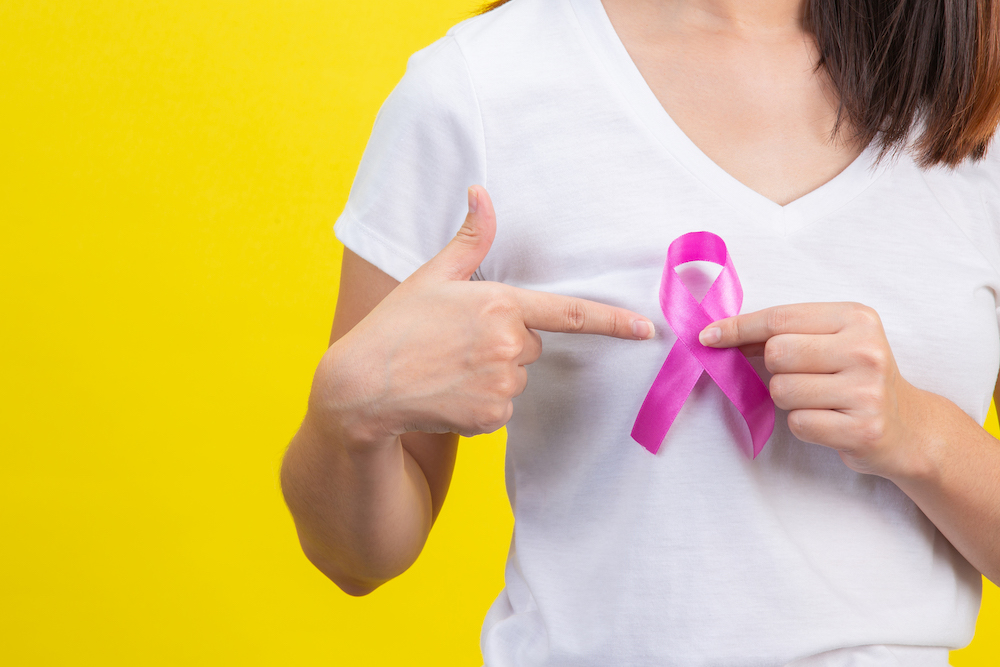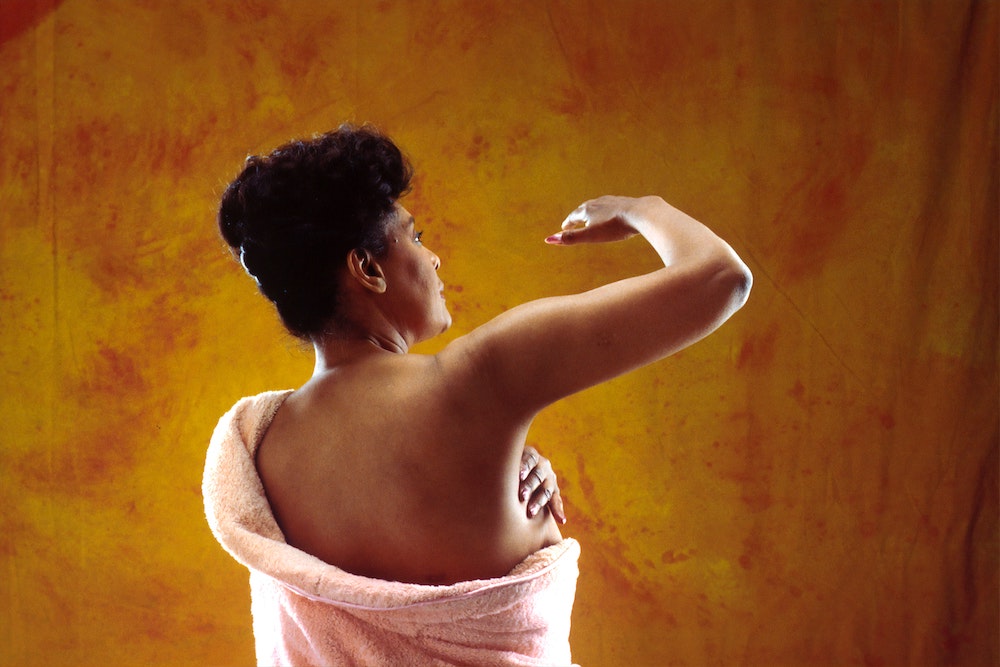
Support
A Guide to Mammograms: What Age Do Mammograms Start, What Are Mammograms Like, and More
Firstly, we want to congratulate you on doing the necessary research to be ready for your mammogram! Yes, getting a

Firstly, we want to congratulate you on doing the necessary research to be ready for your mammogram! Yes, getting a

You’re in front of your dresser and your hand runs through your chest. You feel something and just to be
We use cookies
We use cookies and other tracking technologies to improve your browsing experience on our website, to show you personalized content and targeted ads, to analyze our website traffic, and to understand where our visitors are coming from. By browsing our website, you consent to our use of cookies and other tracking technologies.